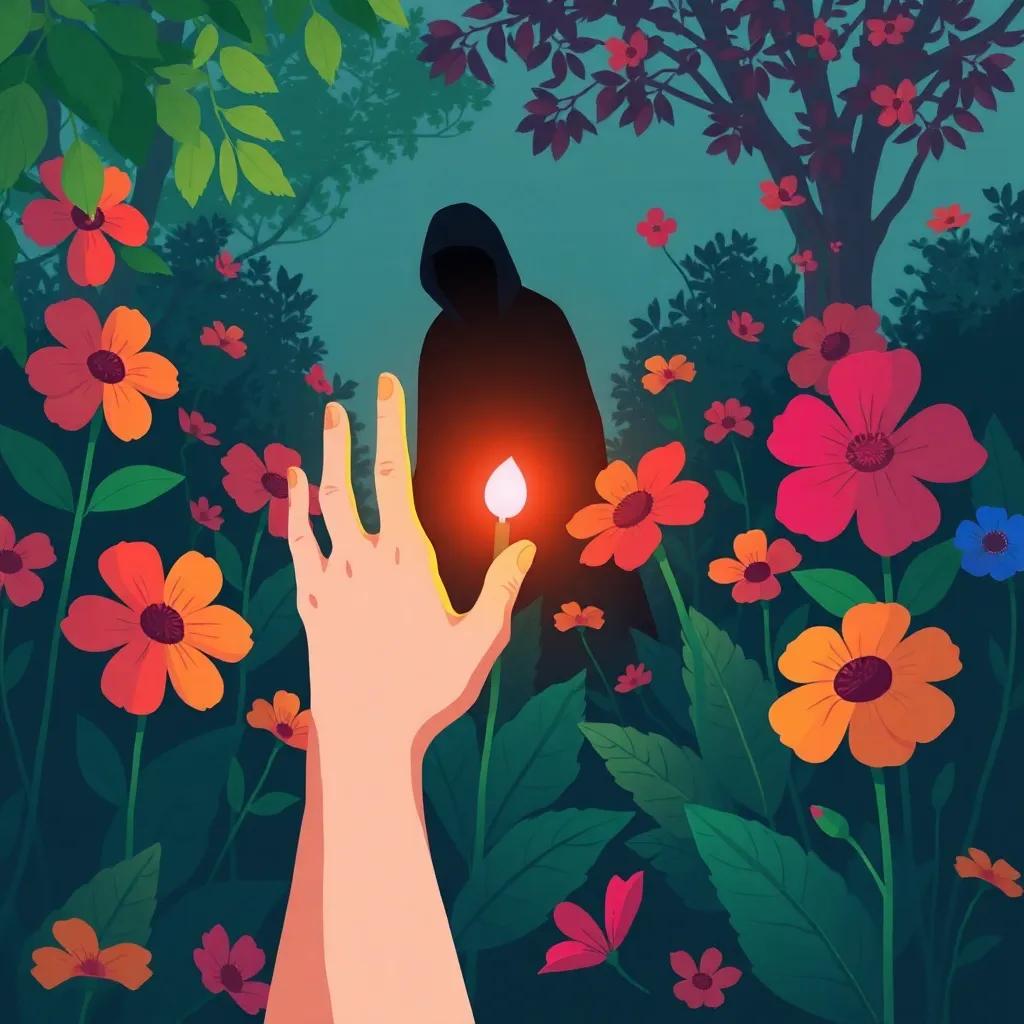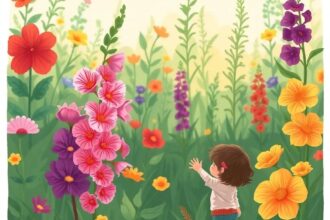Learn about common garden plants with toxic properties, symptoms of poisoning, and essential first-aid steps to ensure safety.
Many beautiful garden plants hide dangerous toxins—know how to identify and handle them safely.
The Hidden Dangers in Your Backyard
Many gardeners cherish plants like foxglove (Digitalis purpurea) and rue (Ruta graveolens) for their beauty and traditional uses, but few realize their toxic potential. According to the American Association of Poison Control Centers (AAPCC)
, plant-related poisonings account for thousands of cases annually, with children and pets at the highest risk.
Foxglove contains cardiac glycosides, which can cause severe heart complications if ingested. Symptoms include nausea, vomiting, and irregular heartbeat. Rue, on the other hand, contains furanocoumarins and alkaloids, leading to photosensitivity and severe skin irritation.
Recognizing Poisoning Symptoms
Early identification of poisoning symptoms is crucial. Dr. Emily Carter, a toxicologist at the National Capital Poison Center
, warns: Even small amounts of certain plants can be lethal, especially for children.
Symptoms vary by plant but commonly include:
- Nausea and vomiting
- Dizziness or confusion
- Irregular heartbeat (from cardiac glycosides)
- Skin burns or rashes (from photosensitizing compounds)
First Aid and Emergency Response
If poisoning is suspected, immediate action is critical. The AAPCC
advises:
- Do not induce vomiting unless instructed by a professional.
- Rinse skin or eyes if exposed to sap.
- Call Poison Control (1-800-222-1222 in the USA) or seek emergency medical help.
Dr. Carter emphasizes: Time is of the essence—having the plant’s name ready can save crucial minutes.
Medicinal vs. Poisonous: The Fine Line
Plants like rue have historical medicinal uses but require extreme caution. Traditional herbal doses are minuscule compared to toxic thresholds,
explains botanist Dr. Alan Greene. Self-medication is dangerous without expert guidance.
Safer Landscaping Alternatives
Replace high-risk plants with non-toxic options like marigolds or snapdragons. The Lady Bird Johnson Wildflower Center
provides region-specific guides for safe gardening.
By staying informed, gardeners can enjoy beauty without risking harm. Always cross-check plant toxicity with databases like the Poisonous Plants of North America
handbook.



